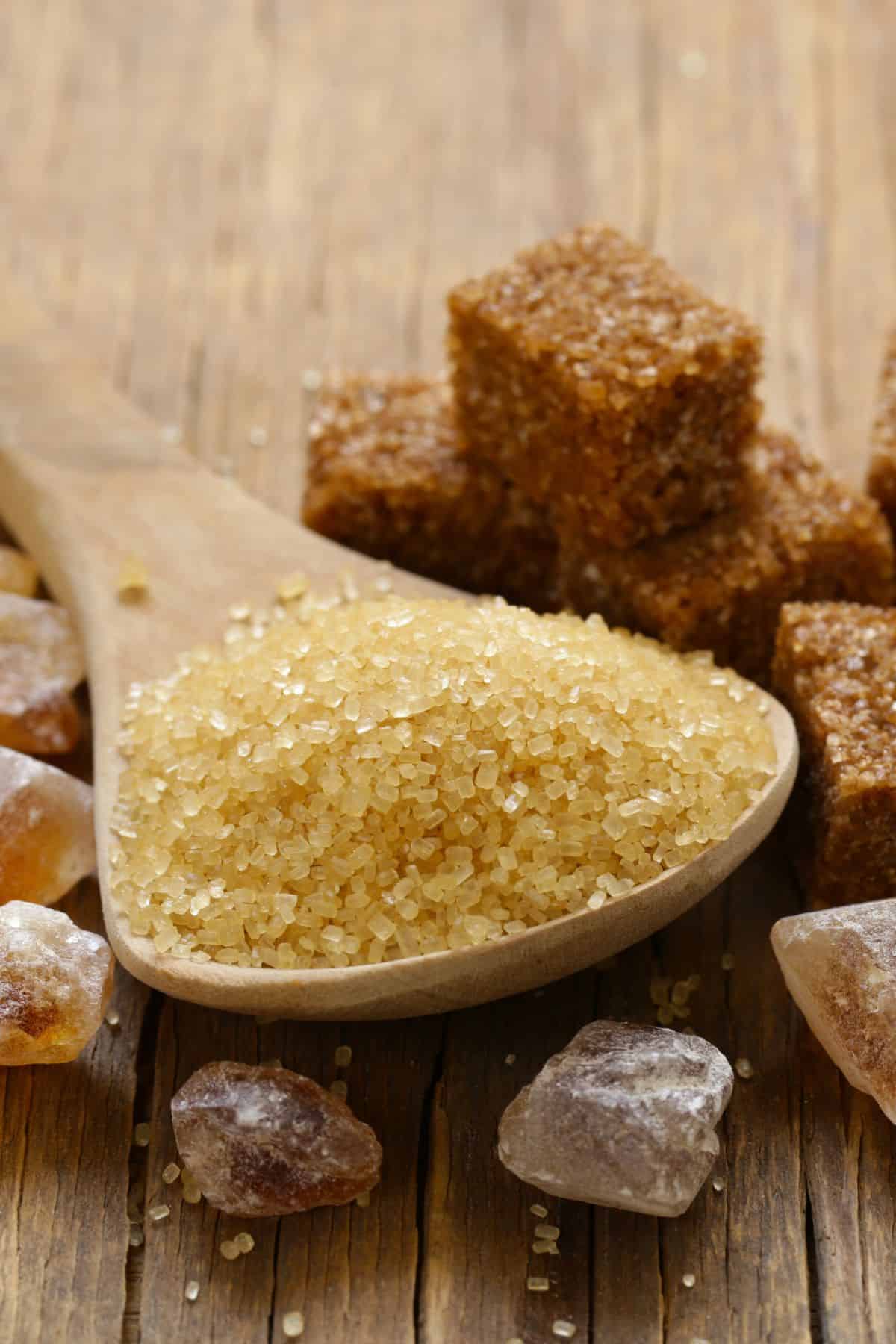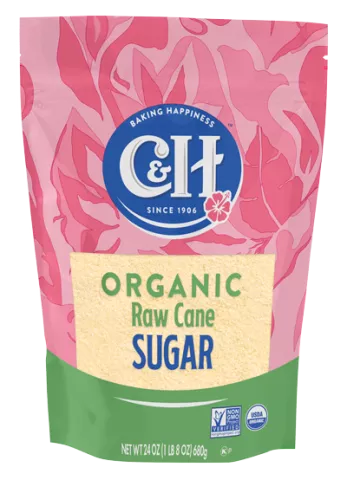The Science Behind Cane Sugar Processing: How Sweet Taste is Fine-tuned
The Science Behind Cane Sugar Processing: How Sweet Taste is Fine-tuned
Blog Article
A Thorough Overview to the Ecological Influence and Sustainability Practices in Walking Stick Sugar Processing
The ecological impact of walking stick sugar handling presents a complicated range of obstacles that warrant careful evaluation. From dirt degradation and extreme water use to the carbon impact connected with growing and production, the consequences of conventional methods are far-ranging. What certain techniques can be applied to strike a balance in between efficiency and environmental stewardship?
Introduction of Walking Stick Sugar Processing
Cane sugar handling entails a collection of systematic steps that change sugarcane into polished sugar. Originally, collected sugarcane is carried to processing centers, where it goes through cleansing to remove soil and particles. Following this, the walking stick is crushed to remove juice, which is after that made clear by removing contaminations through home heating and the enhancement of lime.
The clarified juice undergoes dissipation, where water is eliminated to concentrate the sugar web content. This concentrated syrup is then crystallized via air conditioning, allowing sugar crystals to create. These crystals are separated from the remaining syrup utilizing centrifugation, leading to raw sugar. To accomplish polished sugar, the raw item undergoes additional purification processes, which might include cleaning and filtering system to eliminate staying pollutants and shade.
The end product is then dried out and packaged for distribution. Throughout this whole procedure, preserving effectiveness and quality assurance is important to ensure the sugar fulfills sector standards. Each action in walking cane sugar processing not just adds to the end product yet likewise has implications for source usage and waste generation, establishing the stage for discussions on sustainability and ecological influences connected with sugar manufacturing.
Ecological Difficulties of Production
The manufacturing of walking cane sugar provides several substantial ecological challenges that warrant focus. One key problem is the extensive use agrochemicals, consisting of pesticides and fertilizers, which can cause dirt degradation, biodiversity loss, and contamination of regional water sources. The drainage from sugarcane areas usually carries these chemicals right into close-by ecological communities, interfering with water life and affecting the health of areas reliant on these water bodies.
One more obstacle is the high energy usage related to sugarcane handling. The boiling and refining phases call for significant warmth, primarily generated by melting fossil gas, contributing to greenhouse gas discharges. In addition, the large land location required for sugarcane cultivation can cause logging and habitat devastation, additional worsening climate change and threatening wild animals.
Furthermore, the labor techniques in some regions elevate ethical worries, as employees might face inadequate working conditions and poor salaries. This situation often continues a cycle of hardship in local areas. Cane Sugar Processing. Resolving these ecological obstacles is crucial for developing a lot more lasting methods in cane sugar manufacturing, eventually benefiting both the environment and the communities entailed in this sector
Water and Land Use Impact
Water resources and land usage are crucial parts in the cane sugar industry that substantially impact the environment. The farming of sugarcane calls for substantial water input, with estimates suggesting that it can eat up to 2,000 litres of water per kg of sugar produced. This intensive use water often leads to deficiency of local water resources, affecting not only the sugarcane ranches yet likewise surrounding ecosystems and communities that depend on the exact same water sources for agriculture and residential use.

Additionally, land use for sugarcane cultivation can lead to deforestation and the conversion of natural habitats right into monoculture haciendas. This technique reduces biodiversity, interrupts local communities, and contributes to soil destruction. The his explanation growth of sugarcane areas commonly encroaches on important agricultural land, developing competitors for resources in between food and biofuel manufacturing.
Lasting practices, such as optimizing irrigation strategies and applying plant rotation, are necessary to reduce these impacts. By embracing much more reliable water usage and land management techniques, the walking stick sugar sector can reduce its environmental footprint, making sure an equilibrium between agricultural efficiency and environmental preservation.
Greenhouse Gas Emissions
Greenhouse gas discharges represent a significant environmental issue within the walking cane sugar processing market, specifically as agricultural practices increase to satisfy worldwide need. The farming of sugarcane, a crop that prospers in tropical climates, depends heavily on synthetic fertilizers and chemicals, which contribute to laughing gas discharges. Furthermore, land-use changes, consisting of deforestation for new sugarcane haciendas, launch co2 kept in plant life and dirt.
Throughout processing, power usage is one more significant resource of greenhouse gas exhausts - Cane Sugar Processing. Numerous sugar mills utilize fossil gas to power machinery and produce warmth, resulting in substantial carbon footprints. Additionally, the transportation of raw sugarcane and ended up items adds layers of emissions through fuel burning in lorries
The collective impact of these exhausts aggravates environment change, positioning dangers not just to the environment however additionally to the long-lasting practicality of the market. Stakeholders have to identify the urgent need for detailed techniques that deal with these discharges. This includes evaluating existing farming techniques, processing approaches, and transportation systems to identify areas for enhancement and reduction. Attending to greenhouse gas discharges is important for promoting an extra lasting cane sugar market in an altering climate.

Sustainable Practices and Innovations
Lasting techniques and technologies are increasingly essential in the cane sugar handling market as stakeholders seek to lower ecological effects while keeping efficiency. One significant innovation is the application of incorporated crop management, which maximizes source use by incorporating soil monitoring, bug control, and crop turning techniques. This approach improves yield while lessening chemical inputs and preserving dirt health and wellness.
In addition, the adoption of renewable power resources, such as biomass from sugarcane deposits, has actually gained grip - Cane Sugar Processing. By converting waste items right into energy, refining facilities can lower their reliance on nonrenewable fuel sources, thus lowering greenhouse gas exhausts
Water administration practices have additionally read the article seen improvements with the recycling and reusing of water in processing plants, significantly minimizing freshwater consumption. Developments in modern technology, such as accuracy agriculture, make it possible for farmers to monitor crop health and source use much more properly, making certain lasting growing methods.
In addition, certification programs like Fair Trade and Rainforest Alliance urge eco liable farming methods and advertise social equity within the supply chain. By embracing these sustainable practices and technologies, the cane sugar processing sector can enhance its durability and add favorably to environmental stewardship.
Final Thought
The environmental impact of walking cane sugar processing offers considerable challenges, consisting of soil destruction, high water usage, and greenhouse gas emissions, together with moral issues connected to labor techniques. Attending to these issues with lasting practices, such as incorporated plant management, renewable resource fostering, and water recycling, is vital. By advertising socially fair and environmentally accountable approaches in sugar production, the industry can mitigate its unfavorable impacts, making sure a more sustainable future for both neighborhoods and environments associated with this field.
Walking stick sugar processing includes a series of organized steps that change sugarcane into polished sugar. Each action in cane sugar handling not only contributes to the last product yet also has implications for source use and waste generation, establishing the stage for discussions on sustainability and ecological effects associated with sugar production.
Greenhouse gas emissions stand for a significant environmental worry within the cane sugar handling industry, specifically as farming techniques increase to meet worldwide demand.Lasting techniques and advancements are significantly Visit Website important in the cane sugar processing industry as stakeholders seek to minimize environmental influences while preserving efficiency.The ecological impact of cane sugar processing provides considerable challenges, including dirt deterioration, high water intake, and greenhouse gas exhausts, together with ethical concerns associated to labor methods.
Report this page